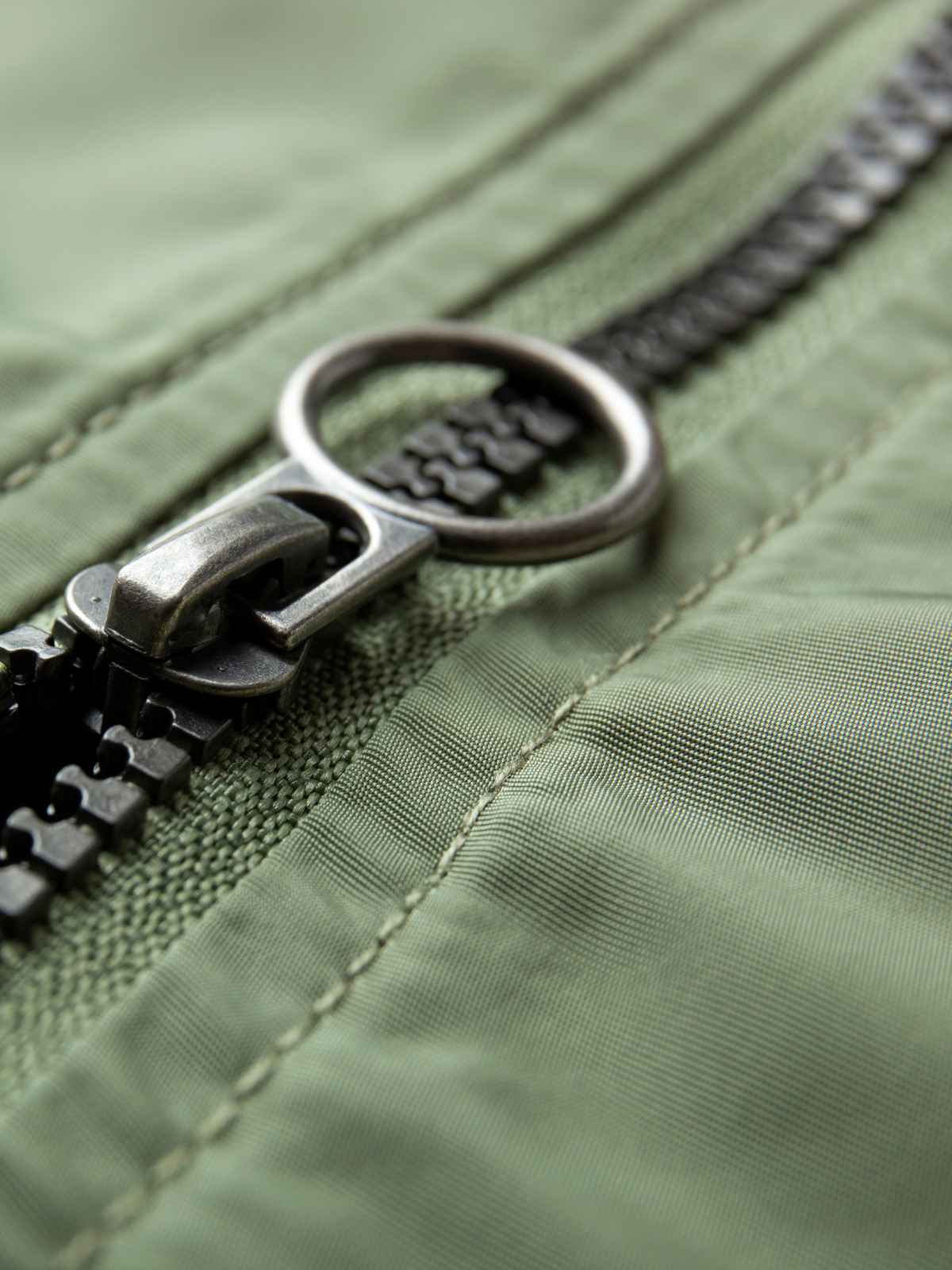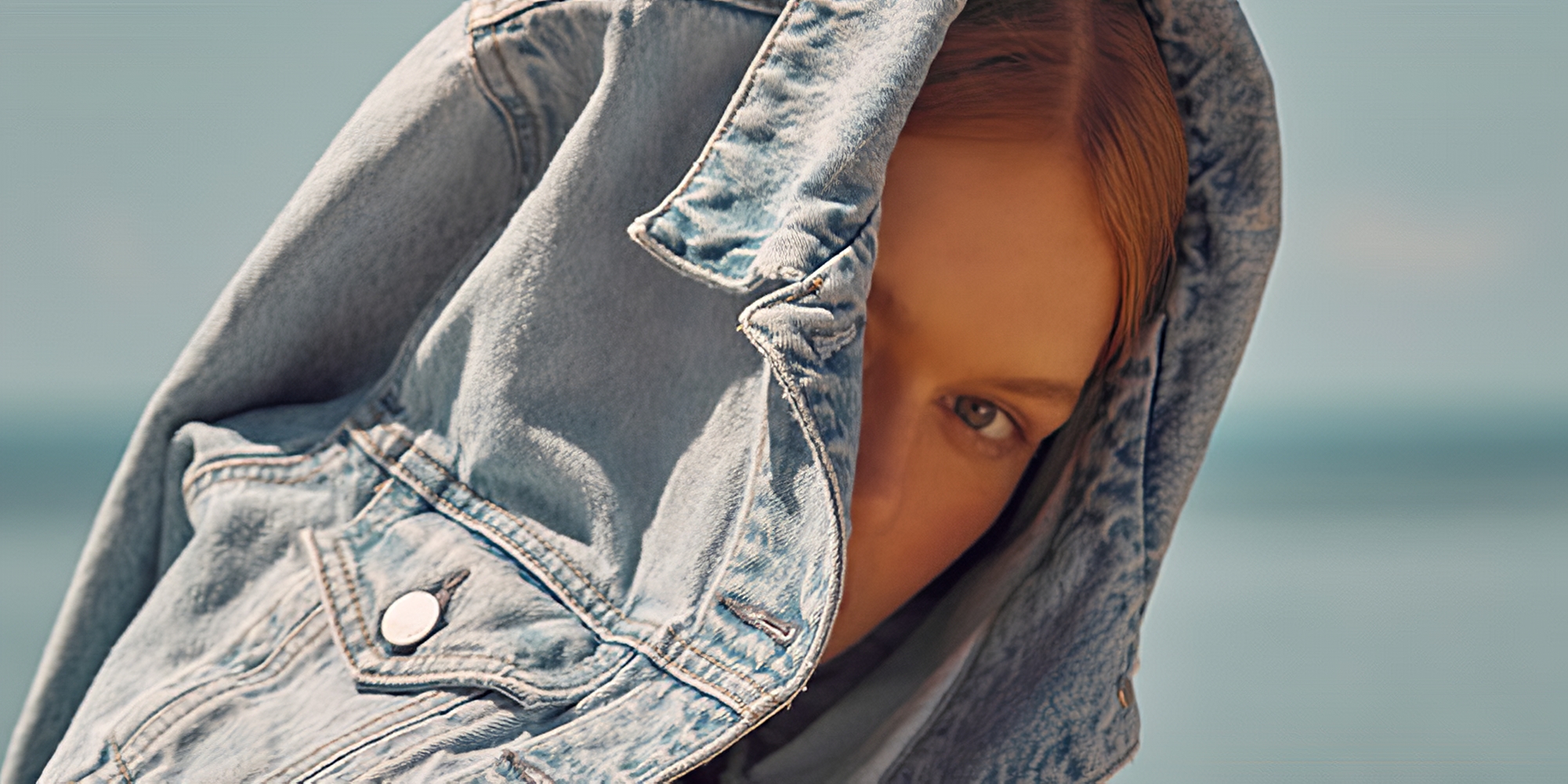Our editors curate highly rated brands that are first assessed by our rigorous ratings system. Buying through our links may earn us a commission—supporting the work we do. Learn more.
Australian brand Seed Heritage has garnered a loyal following over the years, but it rates “Not Good Enough” for people, the planet, and animals. This article is based on the Seed Heritage rating published in January 2019.
How ethical is Seed Heritage?
Established in 2000, Seed Heritage began as a childrenswear boutique before expanding to teen and womenswear later on.
The Australian brand has grown rapidly over the years and has garnered a loyal following thanks to its network of more than 200 stores in Australia, New Zealand, Hong Kong and Singapore. Swedish digital influencer Fredrika Akander was even seen wearing head-to-toe Seed Heritage at this year’s Virgin Australia Melbourne Fashion Festival, and she is regularly featured on the brand’s Instagram page.
Seed Heritage prides itself on making exceptionally designed pieces that are built to last, and says it is “committed to the safe and ethical manufacture, sourcing and supply of goods and services”. But what does that actually mean? How ethical is Seed Heritage? The Good On You team has done the work for you — here is the low-down on the brand’s ethical and sustainable practices.
Environmental Impact
Seed Heritage doesn’t publish sufficient relevant information about its environmental policies, which is why its environmental rating is “Very Poor”. The brand states “As part of Seed Heritage’s dedication to the environment, all suppliers must work to minimise any negative impact on the environment. All relevant national and international environmental legislation must be adhered to in all manufacturing processes in the supply chain. All dyeing, printing and finishing operations should conform to the Seed Heritage Environmental Code of Practice, which is continually revised and updated.” This isn’t enough for us to give the brand a higher rating.
As consumers, we have the right to know how Seed Heritage’s production practices impact the environment.
Labour Conditions
Based on the 2018 Ethical Fashion Report, we gave Seed Heritage a “Not Good Enough” rating for its labour conditions. It has no worker empowerment initiatives such as collective bargaining or rights to make a complaint. What’s more, the brand traces only some of its supply chain, does not publicly list its suppliers, and only audits a small proportion of its traced facilities. Seed Heritage has a Code of Conduct that covers all of the ILO principles, however it has made little to no progress towards ensuring payment of a living wage.
Animal Welfare
Seed Heritage doesn’t use angora, fur, down, or exotic animal skin or hair, but still uses wool and leather without stating their sources, which is why the animal welfare rating is “It’s a Start”. Sourcing wool from non-mulesed sheep is essential on the road to ethical wool use, and stating where the leather comes from lets us know if basic animal welfare standards are being followed.
Overall rating: Not Good Enough
Based on information from our own research, we gave Seed Heritage a rating of “Not Good Enough”. The brand does not publish sufficient relevant information about its policies.
To get a higher rating, the brand needs to be more transparent about its actions to protect people, the planet, and animals, as well as work on its labour policies to ensure the payment of a living wage.
Note that Good On You ratings consider hundreds of issues, and it is not possible to list every relevant issue in a summary of the company’s performance. For more information, see our How We Rate page and our FAQs.
Good swaps
Love the Seed Heritage aesthetic but worried about its impact? We know how you feel. So, we’ve found some “Good” and “Great” ethical alternatives to Seed Heritage.























